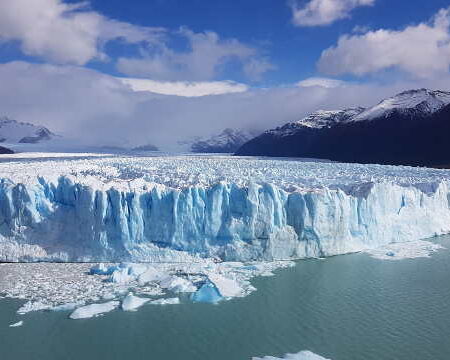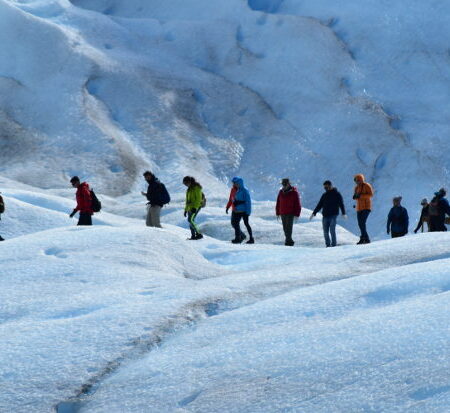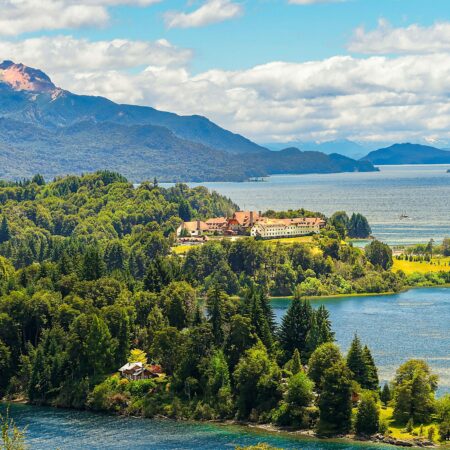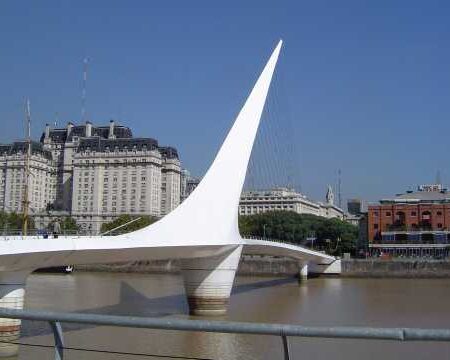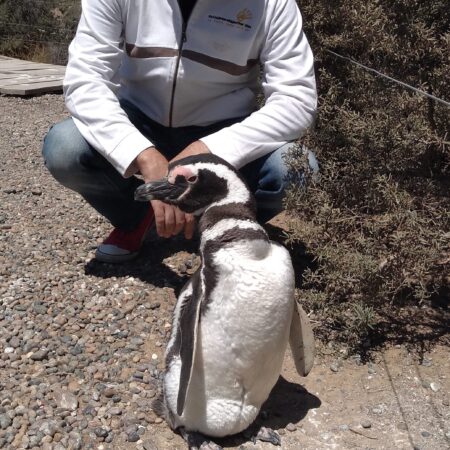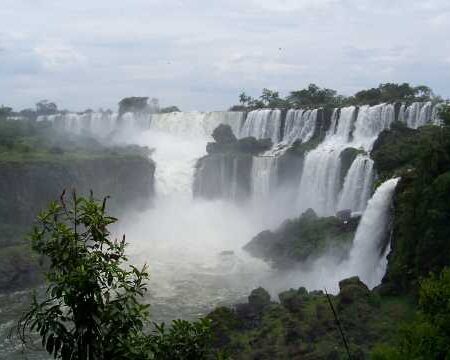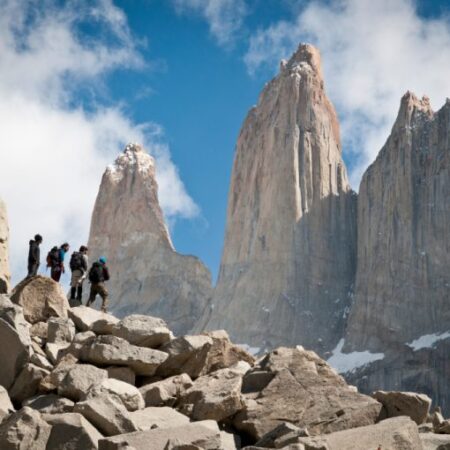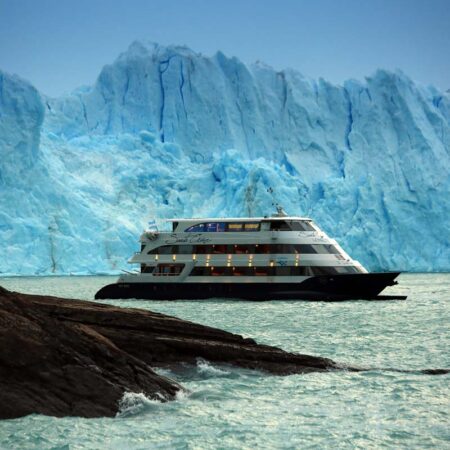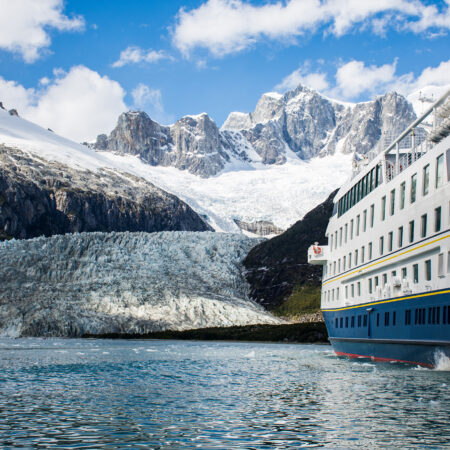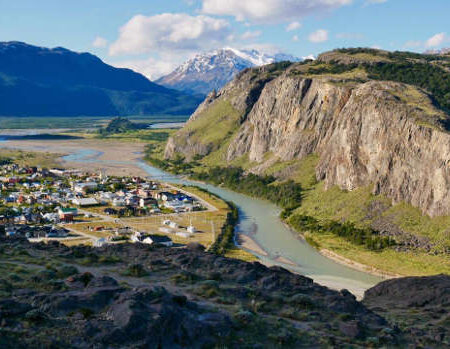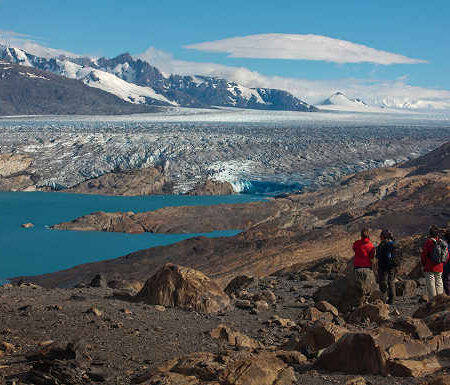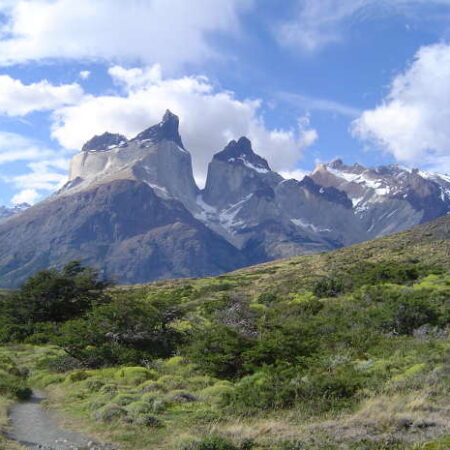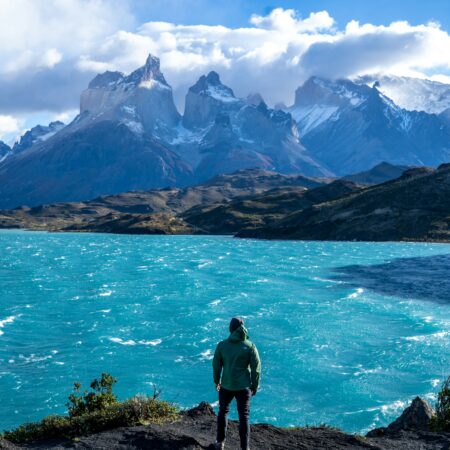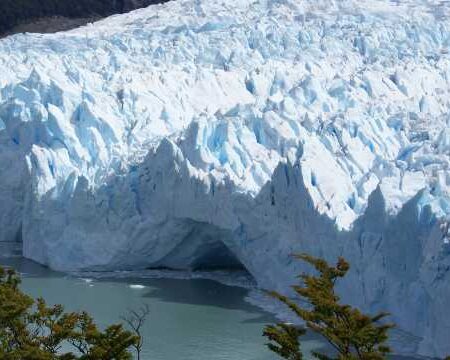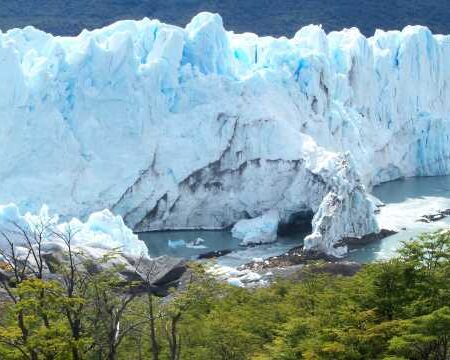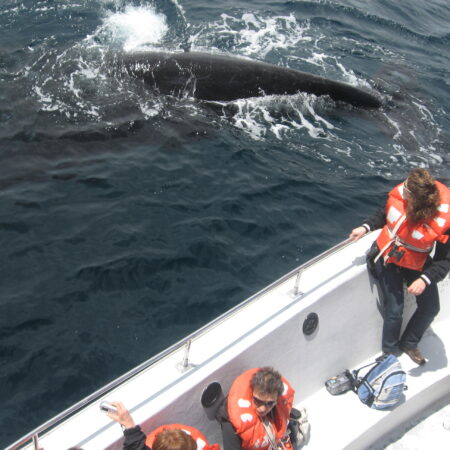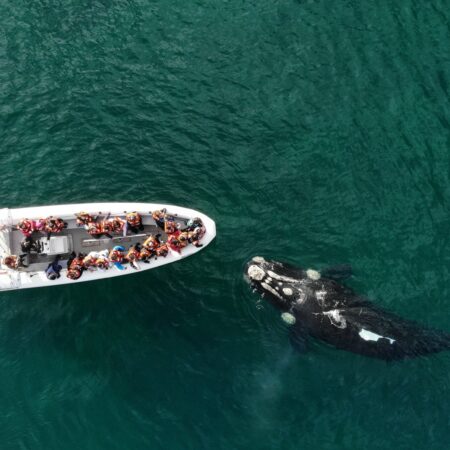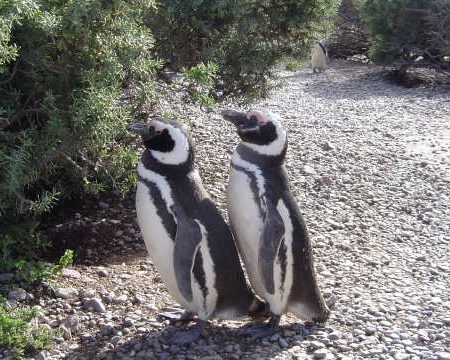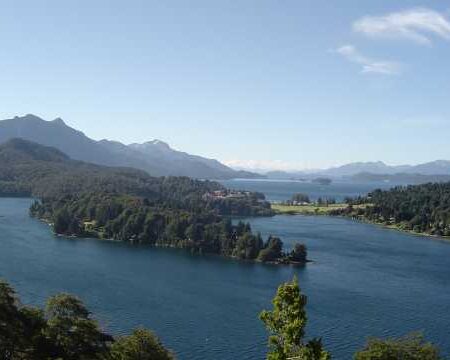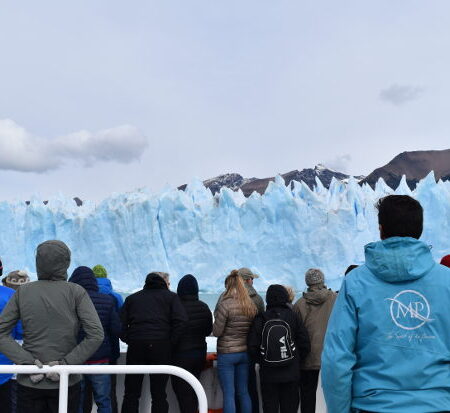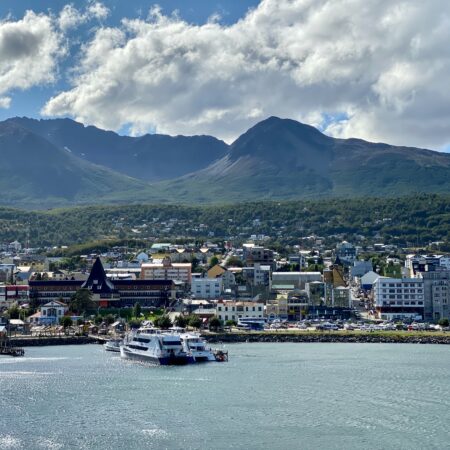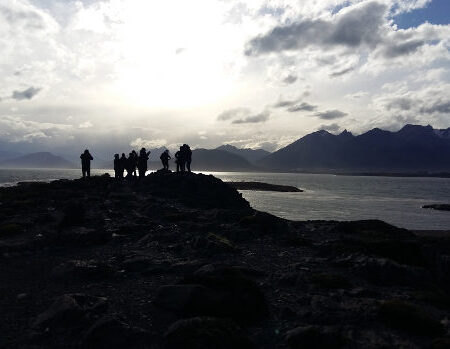At kilometer 1,250 of National Route 3 lies Sierra Grande
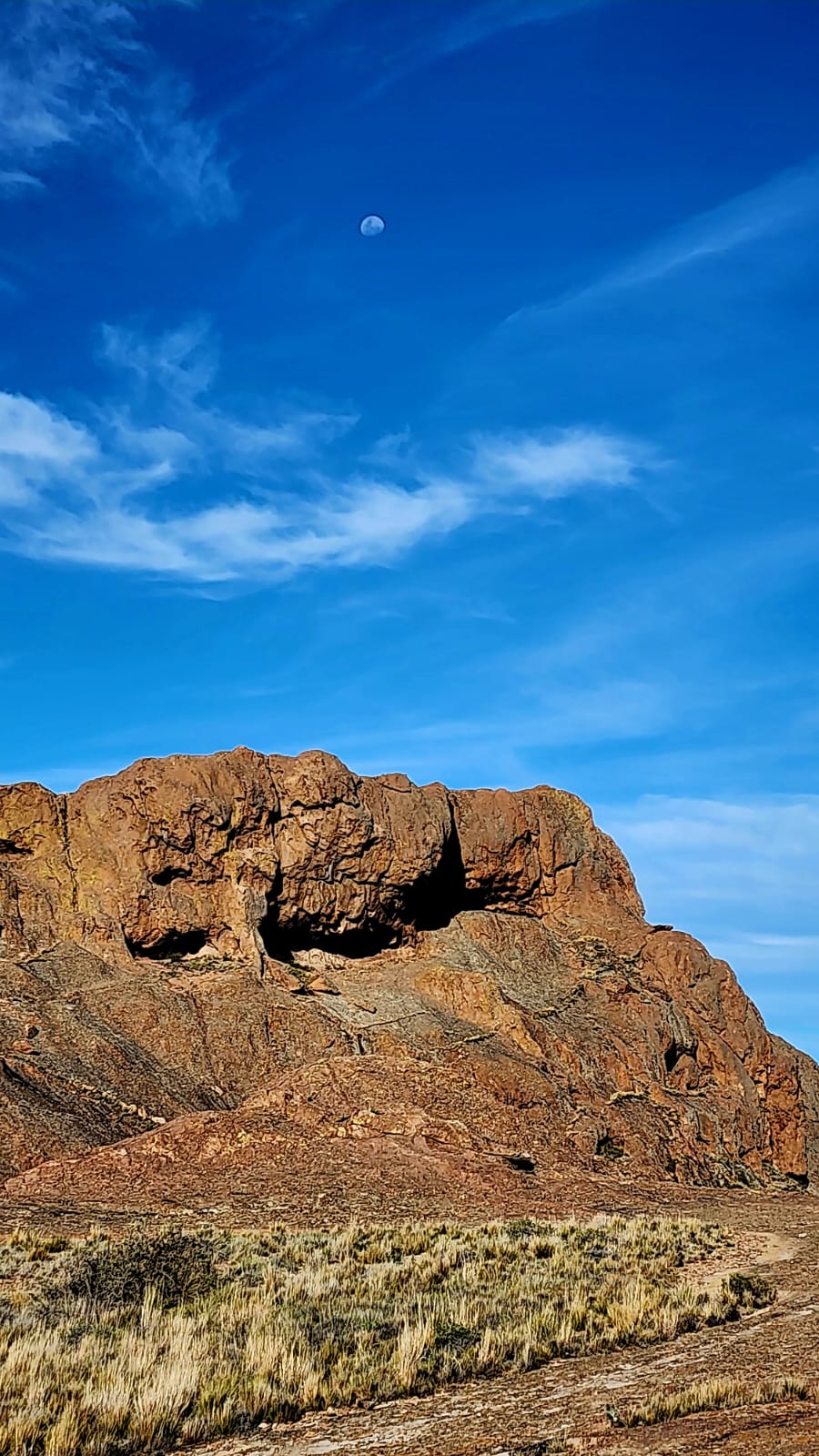
It is a town in Río Negro that rests on the eastern slope of the sierras from which it takes its name. The average altitude is 250 meters above sea level, which, together with the natural protection of the mountains against southwest winds, gives it a particular climate. About 28 kilometers toward the coast lies the resort of Playas Doradas, famous for its metallic-reflecting sand.
 The surrounding mountains were once the paths and dwellings of the Tehuelche people, who occupied the region before Hispanic colonization. After the area’s desertification, these peoples moved from the El Salado stream toward the northeast of what is now the province of Chubut.
The surrounding mountains were once the paths and dwellings of the Tehuelche people, who occupied the region before Hispanic colonization. After the area’s desertification, these peoples moved from the El Salado stream toward the northeast of what is now the province of Chubut.
The fate of Sierra Grande changed drastically in 1944, when the great iron deposit was discovered, marking its contemporary history. After years of studies, mining began in 1969. Economic growth transformed local life: pre-concentrate and concentrate plants, workshops, a slurry pipeline, an industrial area, and a shipping terminal were built. However, the mine later ceased operations, leaving behind a strong cultural and identity legacy.
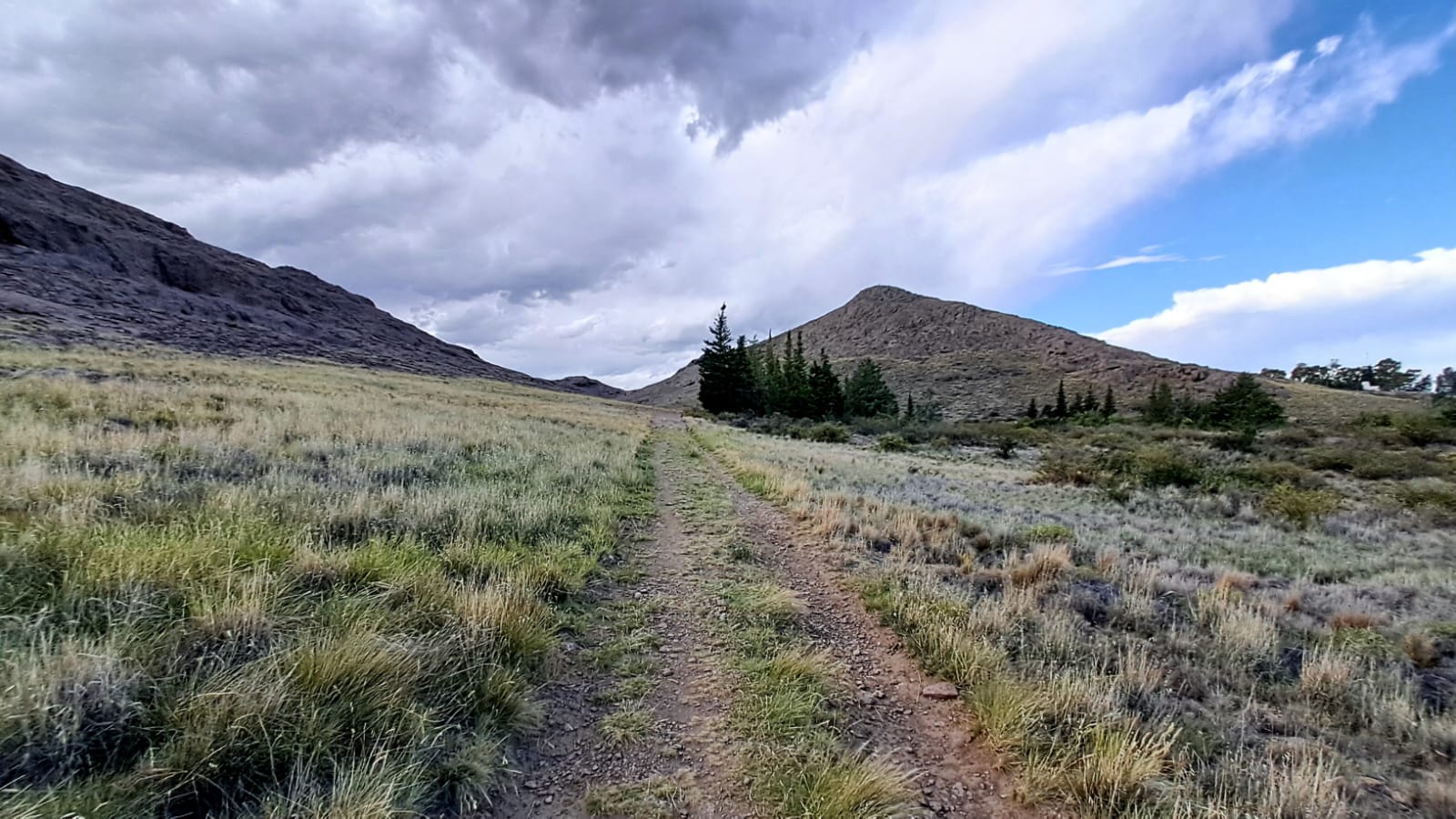 The first settlement was known as Sierra Vieja, today a historical site. There stands the old stone post office building, now home to the Duamn Ruca Museum. Its halls allow visitors to explore the history of the town and the mine, with collections of minerals and rocks, fossil remains, objects of native peoples, and foundational photographs.
The first settlement was known as Sierra Vieja, today a historical site. There stands the old stone post office building, now home to the Duamn Ruca Museum. Its halls allow visitors to explore the history of the town and the mine, with collections of minerals and rocks, fossil remains, objects of native peoples, and foundational photographs.
Ecos de la Sierra
Among the landscapes surrounding Sierra Grande unfolds the excursion Ecos de la Sierra, an experience offered by Aire Tours that invites participants to rediscover the environment through the senses. The tour leads to listening to the sound of the wind and the song of birds, feeling the texture of earth and stones, recognizing the aromas of wild vegetation, tasting local products, and observing flora and fauna in their natural habitat. An experience designed to practice mindfulness and live the landscape intensely. The same agency also organizes activities in the nearby resort of Playas Doradas, combining walks along its extensive golden-sand beaches, nautical practices, astrotourism, and relaxation facing the Patagonian sea.
The natural environment of Sierra Grande is marked by two significant protected areas. Fifty kilometers toward the coast lies the Islote Lobos National Park, a 4,000-hectare complex—mostly maritime—where colonies of sea lions and coastal birds are protected. To the west, 80 kilometers away, stretches the Somuncurá Plateau, a vast Precambrian basaltic highland covering 1,600,000 hectares of unique geography. Both areas are recognized as IBAs (Important Bird Areas), underscoring their ecological value.
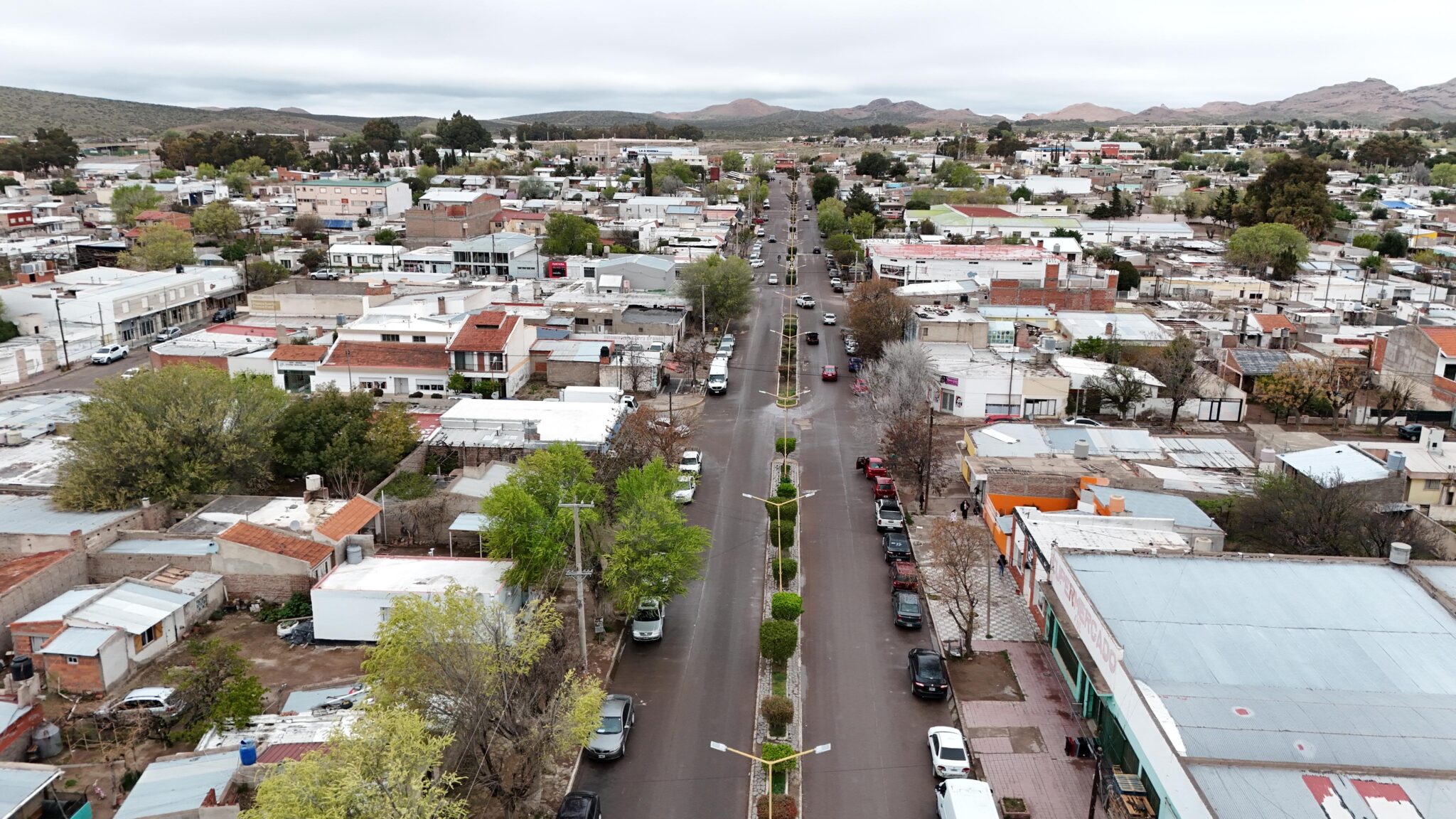 Sierra Grande is, in sum, a town shaped by mining memory and accompanied by a unique natural environment, where geology, history, and biodiversity intertwine within the same territory.
Sierra Grande is, in sum, a town shaped by mining memory and accompanied by a unique natural environment, where geology, history, and biodiversity intertwine within the same territory.
© Sergio Pappatico
